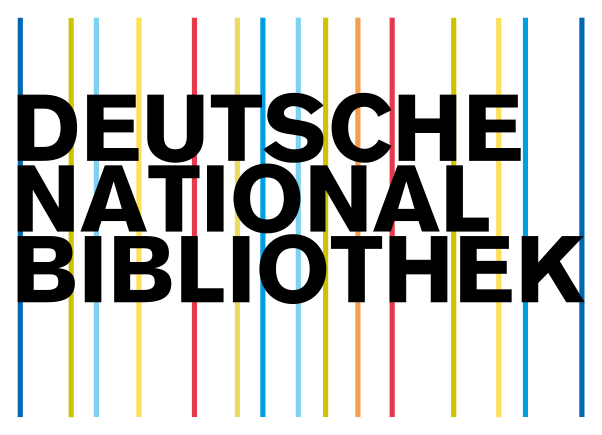Three-Phase Inverter with Energy Buffer and DC-DC Conversion Circuits
Keywords:
Energy buffer circuit, single-phase inverter, dc-dc conversion, pulse width modulationAbstract
This paper proposes a new Three-phase inverter topology and describes the control method for the proposed inverter. The inverter consists of an energy buffer circuit, a dc-dc conversion circuit and an H-bridge circuit. The energy buffer circuit and H-bridge circuit enable the proposed inverter to output a multilevel voltage according to the proposed pulse width modulation (PWM) technique. The dc-dc conversion circuit can charge the buffer capacitor continuously because the dc-dc conversion control cooperates with the PWM. Simulation results confirm that the proposed inverter can reduce the voltage harmonics in the output and the dc-dc conversion current in comparison to a conventional inverter consisting of a dc-dc conversion circuit and H-bridge circuit. Experiments demonstrate that the proposed inverter can output currents of low total harmonic distortion and have higher efficiency than the conventional inverter. In addition, it is confirmed that these features of the proposed inverter contribute to the suppression of the circuit volume in spite of the increase in the number of devices in the circuit.






